02 Nov2023
Top sustainable things to do in Vientiane Laos
Before visiting Laos I’d heard there’s not that many things to do in its capital. But after spending a couple of days there both in the beginning and in the end of my trip, I have to disagree. I put up a list of top 10 sustainable things to do in Vientiane Laos: from temples, through stupas, museums to monuments. Keep reading.
Let me start by saying that it’s true that many places to visit there are religious temples but for a temple lover like me, that’s perfect.
As I was invited to Laos to promote sustainable tourism, I am going to focus only on responsible travel in this article. Let me confirm that Laos is a perfect country to travel in a very eco-friendly way.
10 sustainable things to do in Vientiane
1. Nongkamsen temple
Sometimes also spelled as: Phothong temple (Nong khamsane/ NongKhamsen).
This was the first temple we visited and it was exactly the oasis of serenity I needed when jetlagged. Some peace and quiet. The temple is located outside of Vientiane close to the border with Thailand. Its location makes it very tranquil compared to some temples right in the city center. During our visit I saw no other tourists there; only locals.
The legendary lake and the sculpture of Naga in the temple area make it special for the locals. The huge sculpture was brought there from Northern Laos in 2020. It took them incredible 4 days to transport it!
The rumor has it they wanted to open a restaurant next to the temple but in the end it didn’t work out so the temple kept the wetlands and the lake in the end. Great! That let me go for a short stroll around the lake to enjoy the gentle smell of lotus flowers and listen to animals chirping in the background.
The legend says there is a lot of money hidden inside the lake but I wasn’t lucky enough to see any from the shore. Remember, fishing in the temple lake is prohibited on the so called Buddhist days (the 8th and 15th day of the lunar calendar each month).
At first Buddhism in Laos was mixed with Hinduism which is why we can sometimes see both religions represented at temples.
I suggest you to walk around the temple area to spot also some Hindu statues among the Buddhist ones. And if you need more of good luck in your life, you can walk around the temple and play each gong 3 times. If you’d like to give some offerings to the Gods, buy flowers, fruit, candles or incense sticks in one of the many street stalls right there next to the temple.
TIP: To get to the Nongkamsen temple, you can rent a motorbike or tuk tuk, or use Loca app.
2. Xiengkhuan temple (Buddha park)
Despite of its name, the Xiengkhuan temple is actually not a real temple but a lovely green park with many Buddha statues which is why it’s also known as the ”Buddha park” in English. It’s for sure one of the best sustainable things to do in Vientiane Laos.
The park was constructed in 1958 by the owner of the land who first asked the locals to donate money to the temple. That’s how the owner managed to build the park and all the statues in it. Later on, the owner escaped from Laos to Thailand, where he built a similar temple, even bigger. He died in Thailand in 1998.
Probably the most interesting part of the Buddha park is the tall construction temple with a “tree of life” on top. The door to get into the temple looks like a big open mouth. There’s 3 storeys inside: the one you enter through the mouth is the middle floor (= Earth); the 1st floor underneath the Earth is obviously Hell; and the top third floor represents Heaven (there’s a challenging way to get to Heaven climbing up difficult spiral stairs). I definitely recommend you to go up the temple to enjoy the views of the entire park. Just be careful when doing so.
Once down from the temple, take a slow stroll around the park paying attention to many Buddhist and Hindu statues. Each statue has its own interesting story.
3. COPE Center Museum
Non-profit organization COPE (The Cooperative Orthotic and Prosthetic Enterprise) was established in 1996.
Did you know? Sadly, Laos is the most heavily bombed country in the world per capita. During the ”secret” North Vietnam War (1964-1973), the US bombed Laos killing and injuring thousands of people. Uptodate, there’s still millions of unexploded cluster bombs spread around the fields in Laos which randomly explode and injure the locals. It’s estimated that more than 15,000 bomb survivors still require ongoing support.
COPE help Laotians with physical and mental disabilities to adjust to the society, providing clubfoot treatment, and prosthetic and orthotic devices to bomb survivors. They also enable access to quality rehabilitation services and surgery to disabled people, help them with their medical expenses etc.
I have to admit that visiting the COPE center, learning about the bombing history in Laos and looking at the photos of some Laotians that are now able to live an almost normal life thanks to the COPE center help, made me cry.
TIP: It would be highly appreciated if you could support the COPE center with online donations, or in person, or by buying different souvenirs right there at the COPE Vientiane shop.
Check more about COPE here.
4. Pha That Luang Stupa
Pha That Luang Stupa is the biggest stupa in Laos which is probably making it the most important religious site in the whole country. To many, it’s also a symbol of Lao nationalism.
When the capital was moved from Luang Prabang to Vientiane, the former smaller stupa was rebuilt into a bigger one. Originally, the stupa was standing in the center of a temple but during the 1828 war parts of the temple were burnt and the stupa was damaged and abandoned. Later on, in 1932 the stupa was finally reconstructed into its current shape.
At first, the stupa had 4 temples around it (one in each direction) but now only South and North stupas are left.
In 2016 the gold top of the stupa was replaced by a new one from money and gold donated by locals. The pinnacle is made of 9 kilograms of real gold, while the remainder of the stupa is just covered in golden color paint.
As it’s believed to contain a relic of Buddha, the stupa is the symbol of Buddhist religion. To commemorate the fact that Buddha was a monk for 45 years, the stupa from ground to pinnacle is exactly 45 meters high. The 30 small stupas around the big stupa represent the 30 lessons of Buddha.
Buddha statues in the stupa complex are made from stone in Cambodian style. The Hindu religion is also represented there.
Nowadays, the stupa is celebrated during the Full Moon of November during the Thatluang festival.
TIP: It’s not allowed to fly drones in this area due to many embassies and ministries around.
The stupa is located in the highest part of Vientiane. In the past many locals would hide in that area when the town got flooded. Paradoxically, nowadays the same area gets flooded often because the canals get clogged with too much trash. Maybe that’s another reason to use less plastic and lead a more sustainable way of life.
5. Sisaket temple
The Sisaket temple, also spelled as a two-word Si Saket, was built only in 1818 in the contemporary Buddhist style. As it was still very new, it survived the war of 1828 when many other temples in town were destroyed. That makes the Sisaket one of the oldest, if not THE oldest, temple still standing in Vientiane.
The temple was restored in 1924 and again in 1930 by the French colonial government. Now it holds a museum where you need to pay a small entrance fee. The temple is surrounded by a cloister wall (roofed open gallery) with more than 2,000 Buddha images and sculptures. Most of the statues come in two as it is believed that everything in life is dual (has 2 parts).
TIP: It’s prohibited to take photos inside the main temple building which is covered by beautiful colorful wall paintings. The colors are slowly disappearing but they are still original. However, photography is allowed in the cloister gallery.
6. Victory monument Patuxay
The Victory monument was finished in 1968 to show the independence from France.
It’s similar to the Victory monument in Paris but the one in Paris has only 2 entrances while the one in Vientiane has 4 entrances. Their design is clearly different, too. The victory monument in Paris doesn’t have the top like this one with the head of the Brahma.
It’s found on the map as ”Patuxay” (and variously written as Patuxai, Patousai or Patusai). Its meaning is ”Victory Gate” or ”Gate of Triumph” in English.
The Victory monument, under reconstruction now, is located in the Patuxay park with World Peace Gong and a nice fountain with light and sound in the evening. The material that was used to build the arch was paid from the US funds to build a new airport. Fun fact: the Laotians decided to build The Patuxay war memorial instead of expanding the airport.
The European-style Patuxay arch is decorated with traditional Laotian carvings, as well as Hindu Gods depicted under the gate (e.g. Hanuman, Brahma). Many people visit Patuxay believing that victory its representing could possibly bring good luck into their life, too.
TIP: It’s a completely different experience to visit Patuxay during the day vs. at dark. Both are recommended to get a different vibe. In the evening you can watch the romantic sound and light fountain show there for free.
7. Evening chanting with monks
Visiting temples is among other sustainable things to do in Vientiane Laos.
Some temples in Vientiane have an entrance fee, others are free to visit. There’s 4 really unique temples walking distance from the sustainable Salana Boutique Hotel I was staying at, and all 4 of them are free to enter: Wat Inpeng, Wat Ong Teu, Wat Mixai, and Vat Haysoke. I had time to visit all of them more than once and enjoy a peaceful moment there both on my own, and surrounded by monks.
Some of my very favorite moments in Vientiane were experiencing the evening chanting with monks. Many temples are free to visit for evening chanting, usually starting around 6pm. You can sit there on the temple floor, listen to the monks chanting and praying, and then join in the silent meditation with them. Some temples even have karaoke books with lyrics available for visitors if you decide to chant along.
TIP: I’ve also heard that locals love visiting the Wat Si Muang temple but unfortunately, I didn’t have time to go there. I believe there’s an entrance fee to get into during the day.
8. That Dam Stupa
The That Dam is a large bell-shaped black stupa. It should be on your itinerary not only because it’s free to visit. The 16th-century Buddhist stupa is located in a small park with trees and benches to rest, surrounded by a quiet roundabout.
Some Laotians believe that the stupa is inhabited by a 7-headed naga serpent/dragon that tried to protect them from an invasion in 1827.
There’s not that much to see but it’s still interesting to notice how nature always wins over us humans. The stupa is now overgrown with vegetation which makes it even more unique to look at.
That Dam translates to Black Stupa.
9. Night markets
Night markets are a thing in many Laotian towns and Vientiane is no exception to that. I found time to explore 3 different night markets in the city center.
Vientiane night markets to visit:
- Night market with food at the Rue Hengboun street – many stalls with loads of good food to choose from. They even have some vegan meal options and young coconuts there, yay!
- Vientiane Night Market located at the Chao Anouvong Park along the Mekong Riverfront – if you’d like to buy cheap clothes, shoes and handicrafts, go there. Once there, you can spend a moment to visit the beautiful Chinese ”Ho Kang” temple.
- Ban Anou Night Market – it was rather empty when I visited. You can get food or clothes there for a better price. No need to bargain.
TIP: Laos si still cheaper than the surrounding countries. If you’d like to buy something at night markets, don’t forget to bring cash.
10. Walk along the Mekong river
When staying in downtown, your Vientiane visit would not be complete without spending some time by the Mekong river. I finally found an hour to walk along the Mekong on my very last morning in town before flying out of Laos. To be honest, I was a bit disappointed as you can’t see much of the Mekong right in the city center, but it was still great to get the feeling of nature directly in the capital.
I only had time to walk from the Vientiane Night Market area towards the Naga boat and back. The area was very quiet by noon which is what I truly loved but I guess it gets crowded in the evening when people go to chill to one of the bars or restaurants there.
TIP: For more photos, check my Vientiane photo album.
Disclaimer: My sustainable trip to Laos was part of the SUSTOUR Laos Project funded by the European Union and implemented by Plan International Laos.
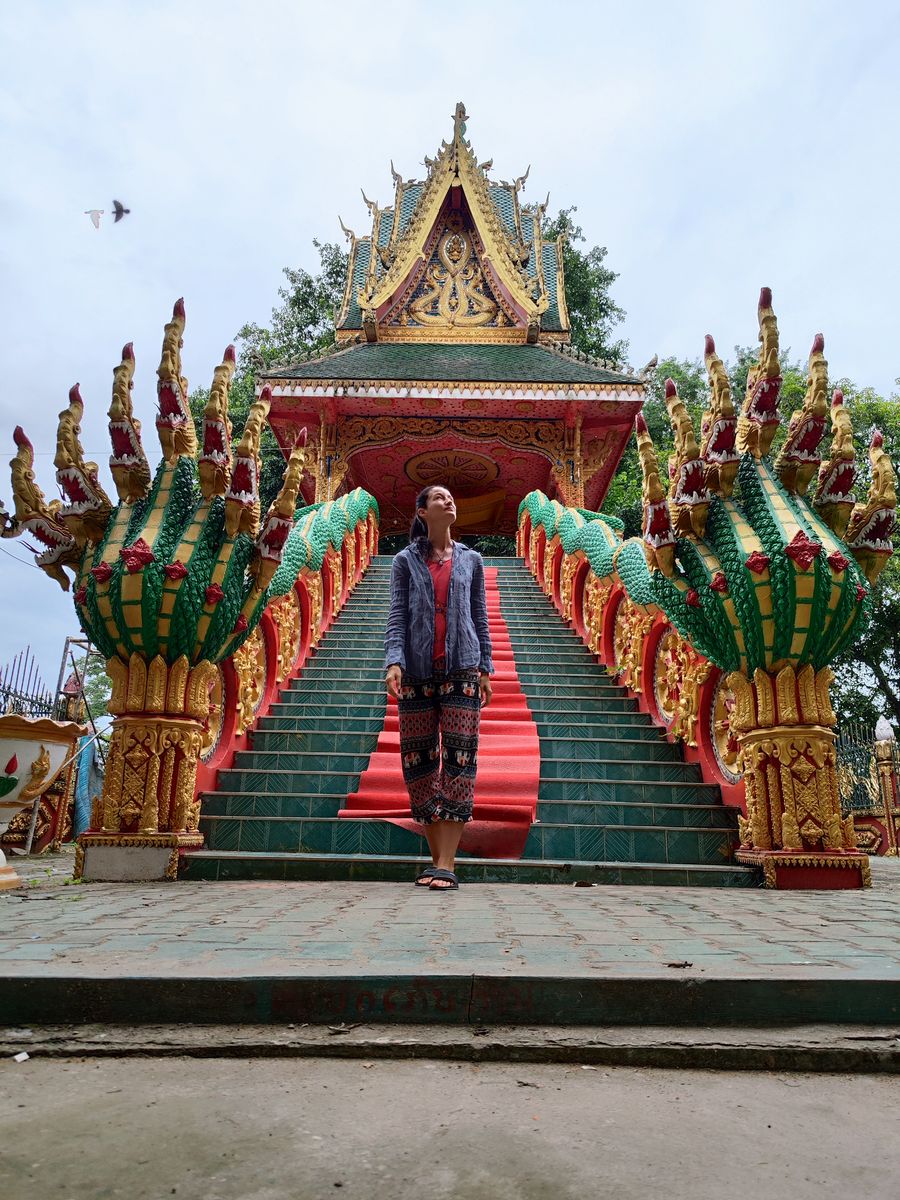
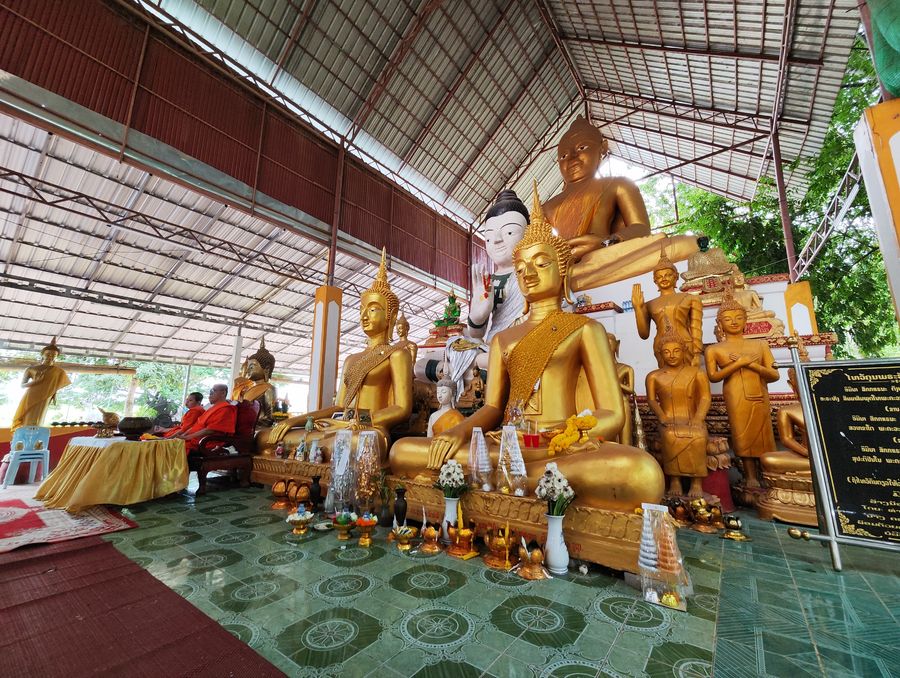
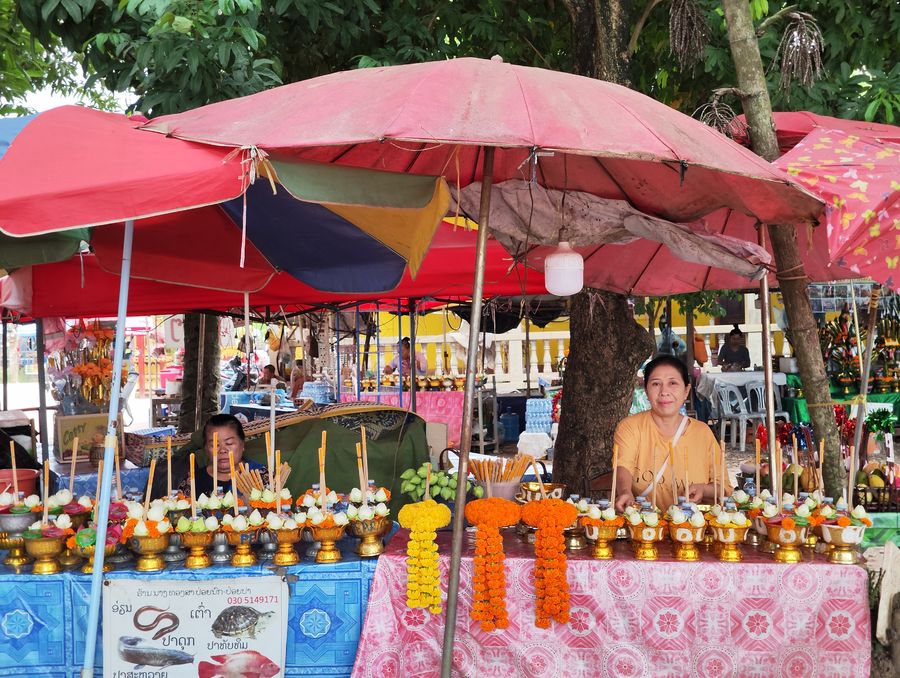
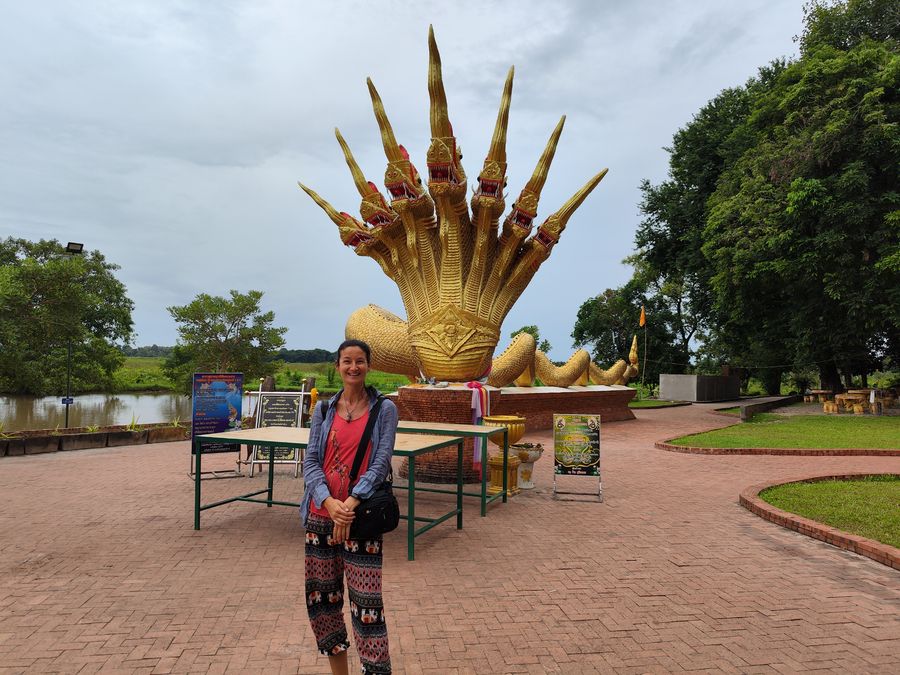
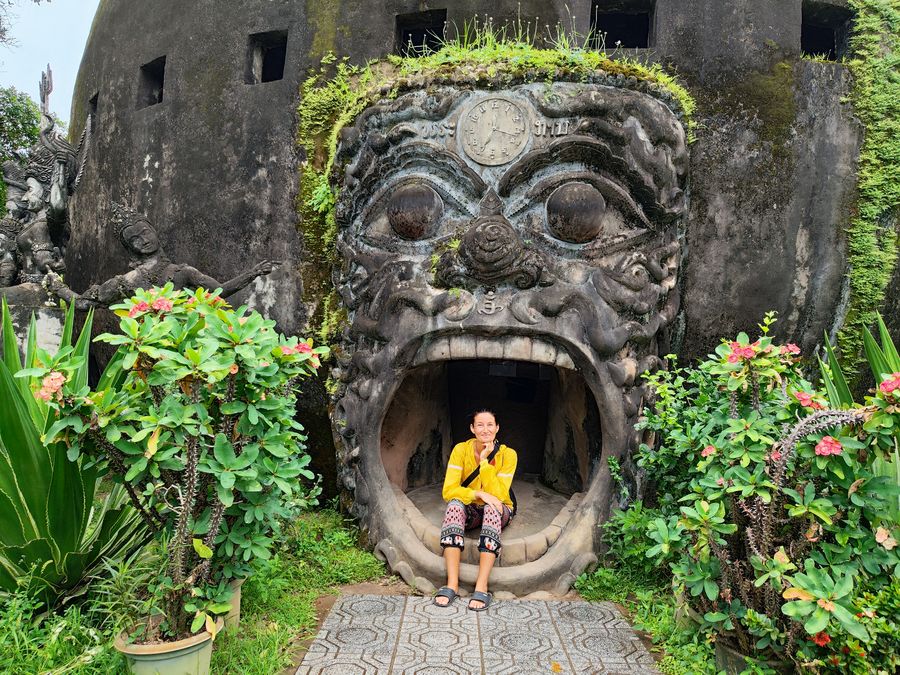
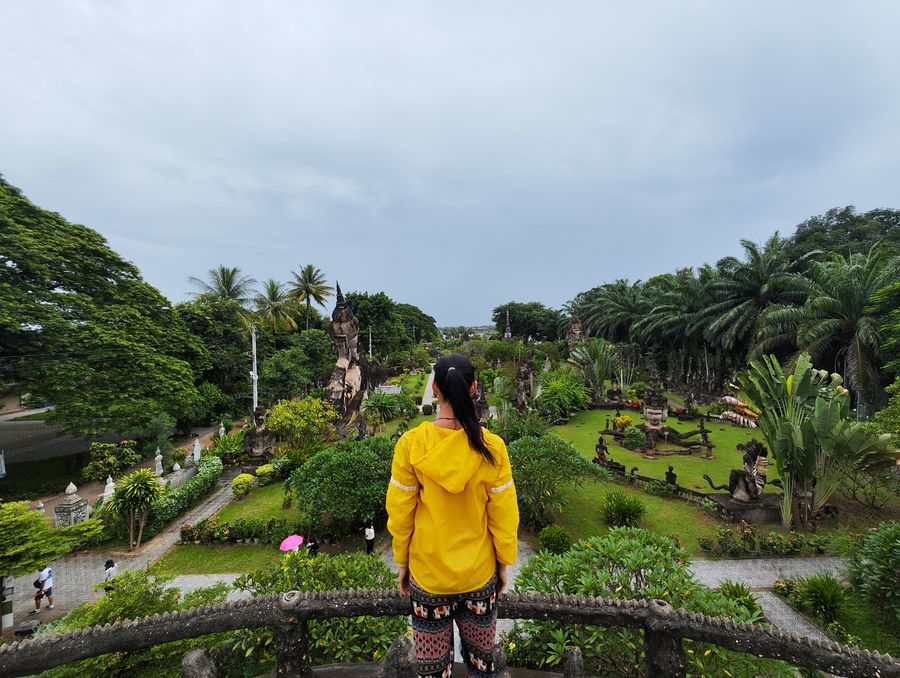
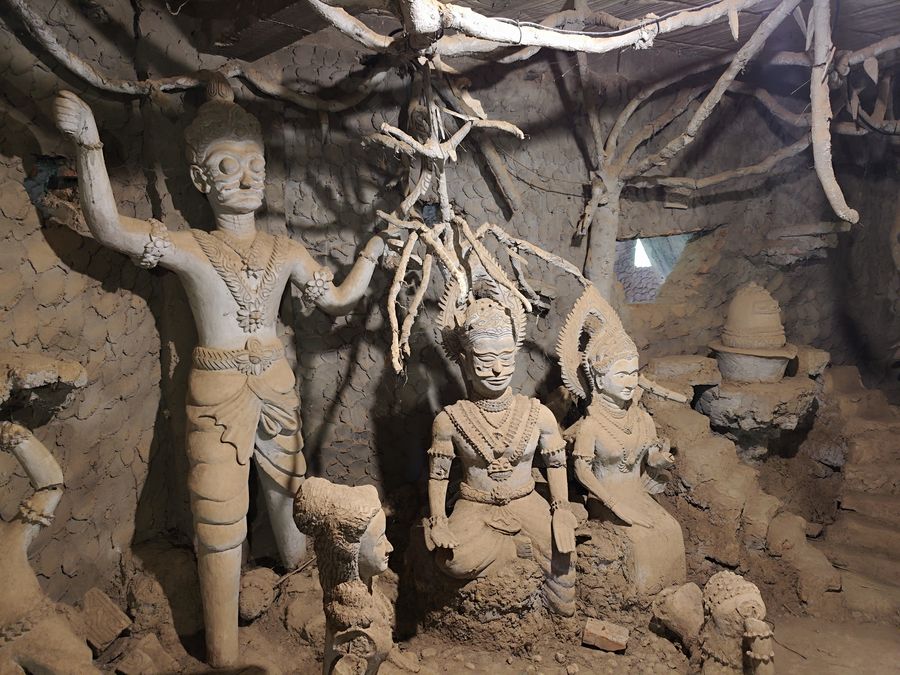
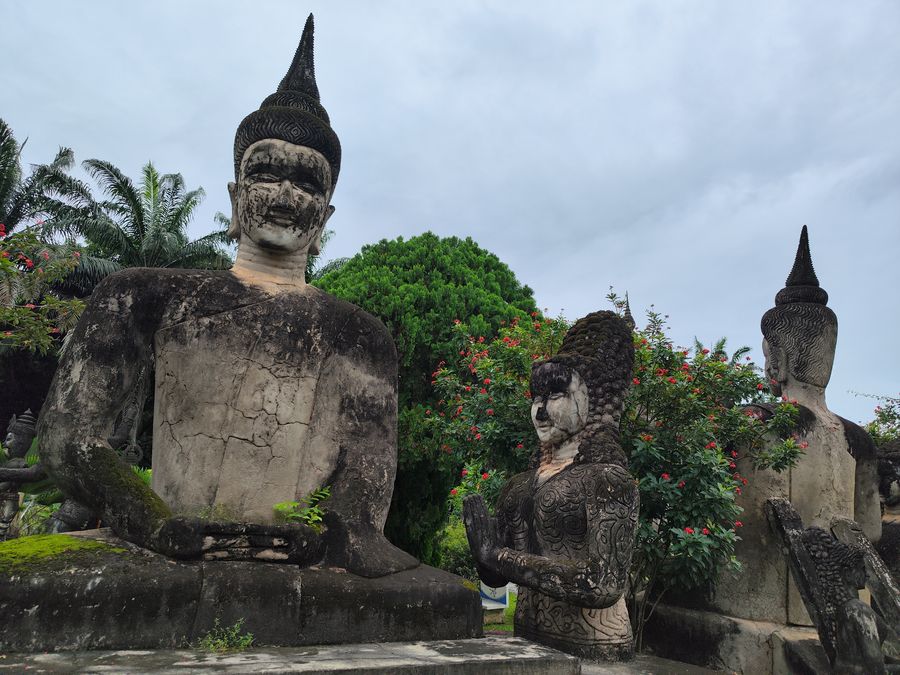
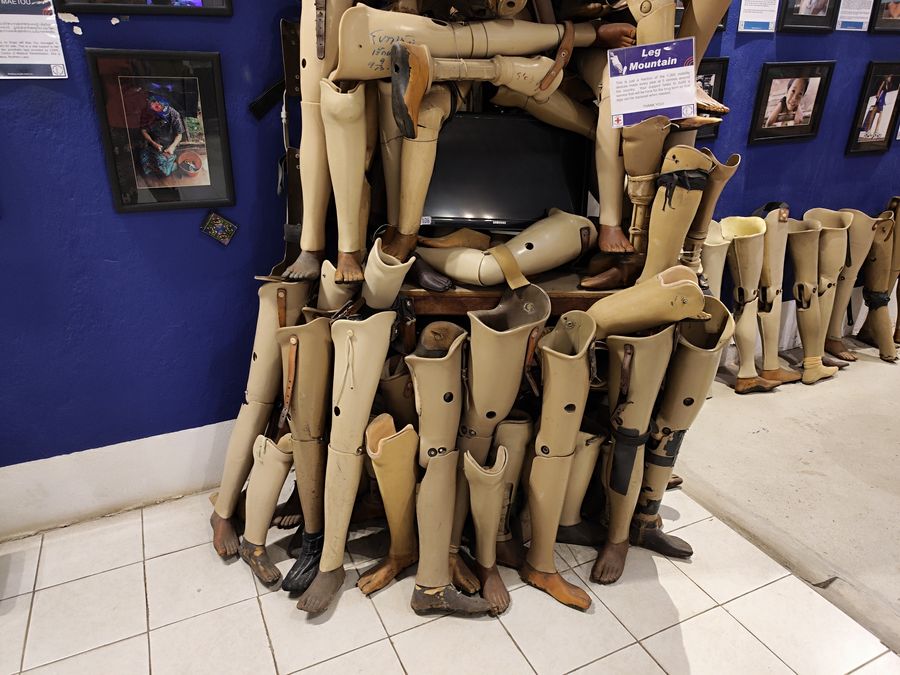
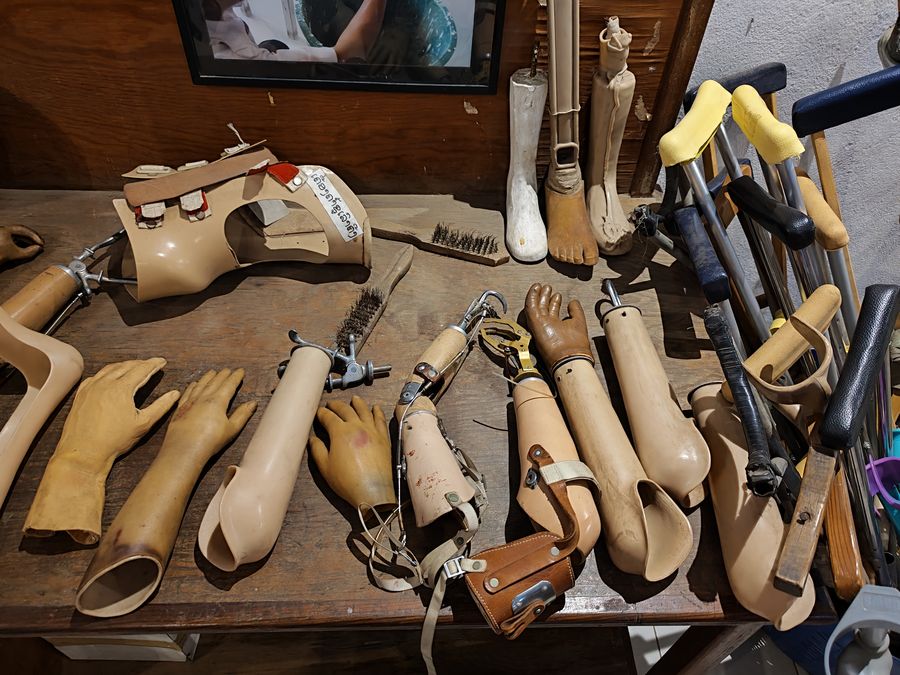
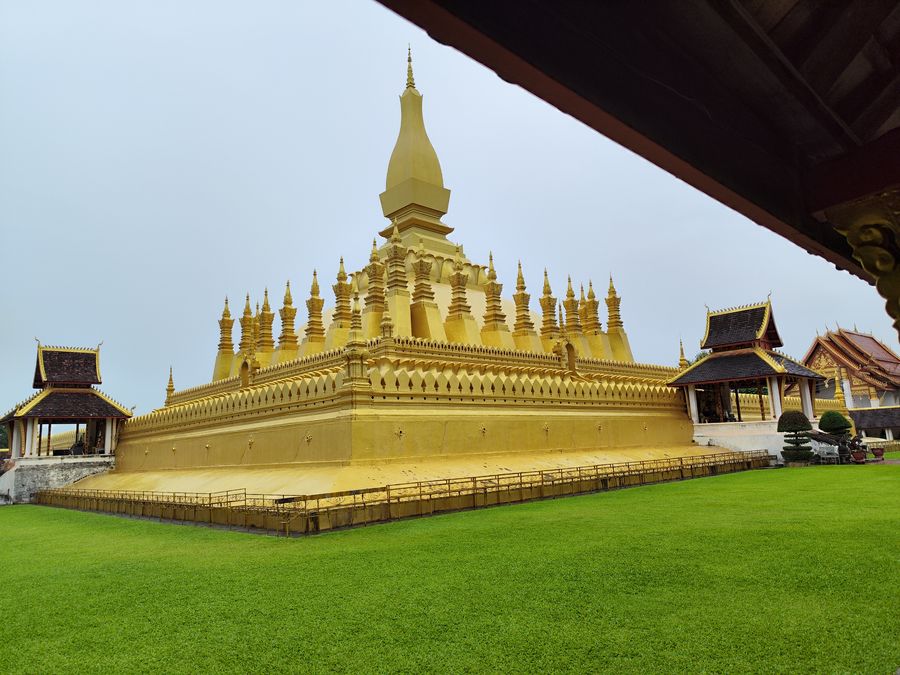
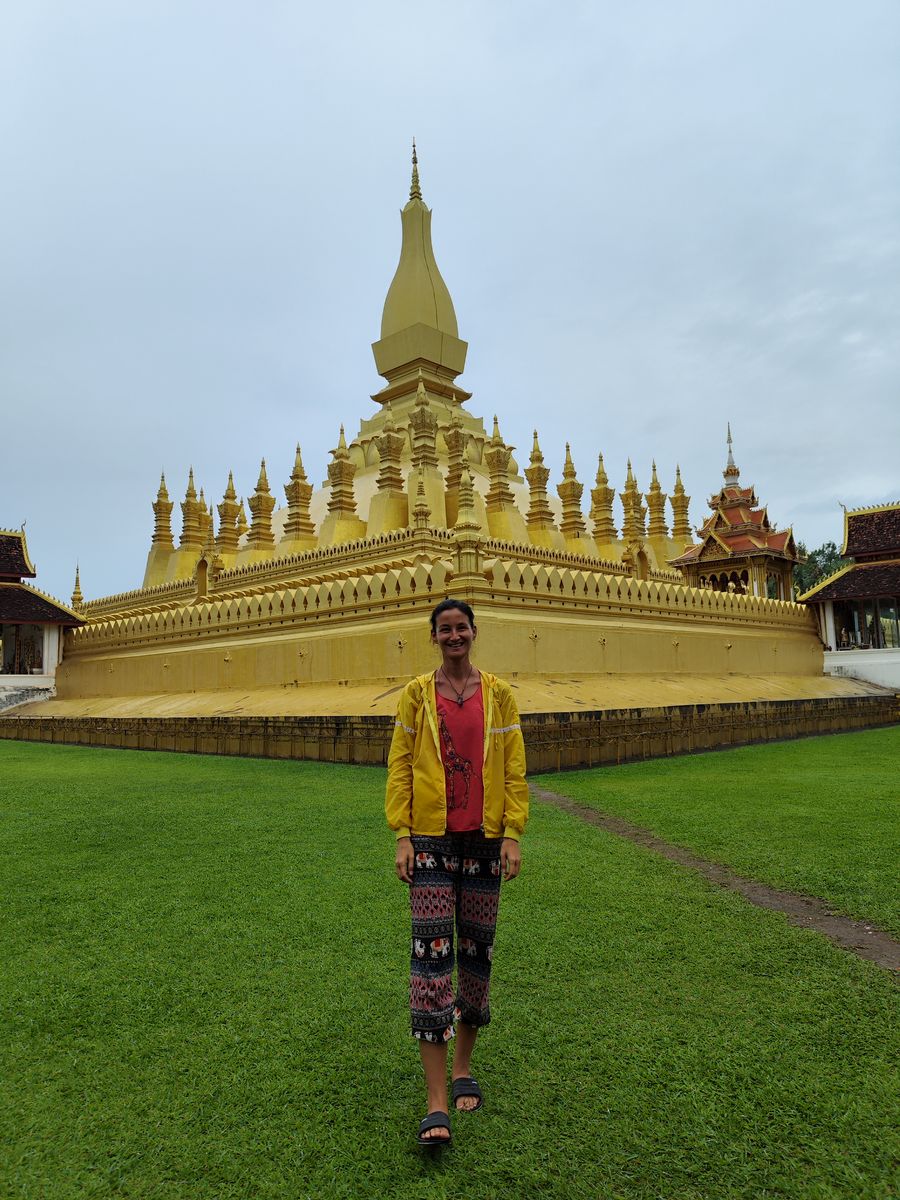
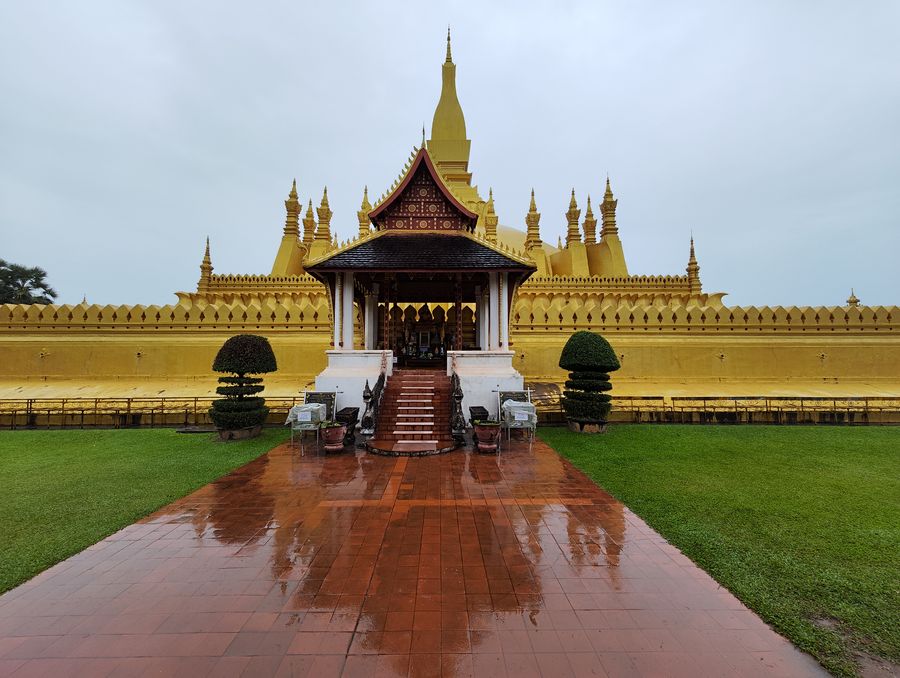
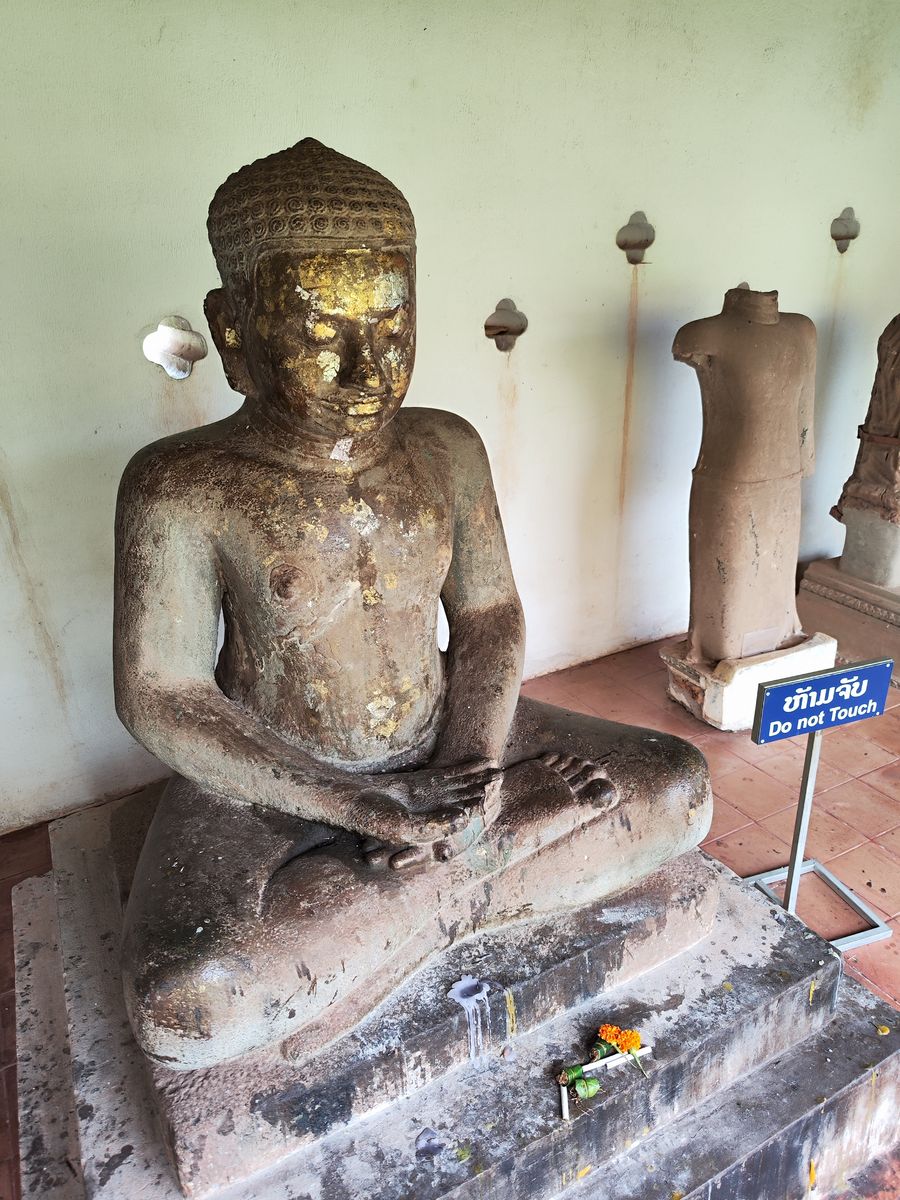
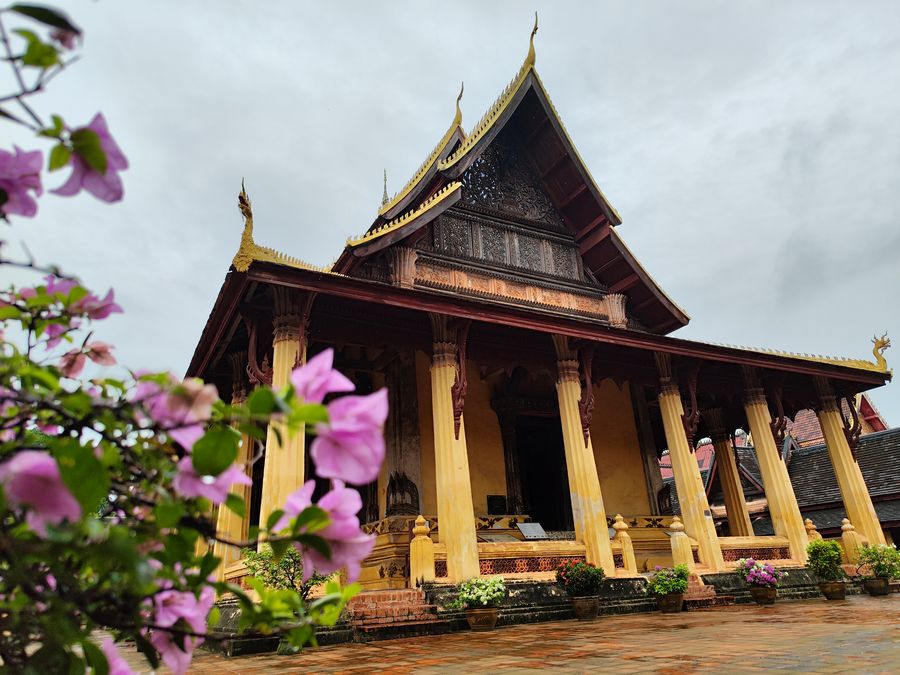
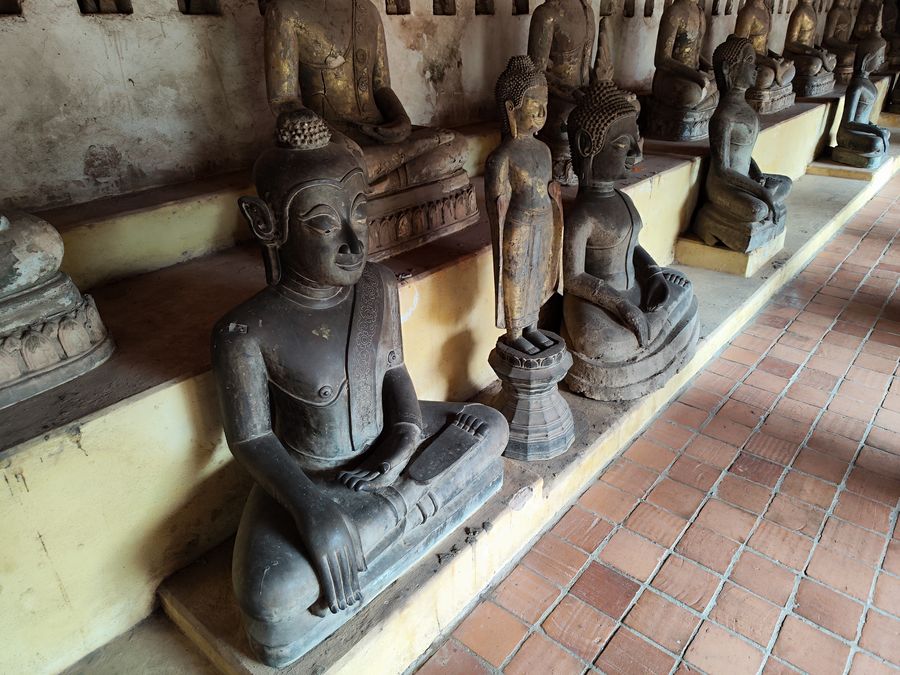
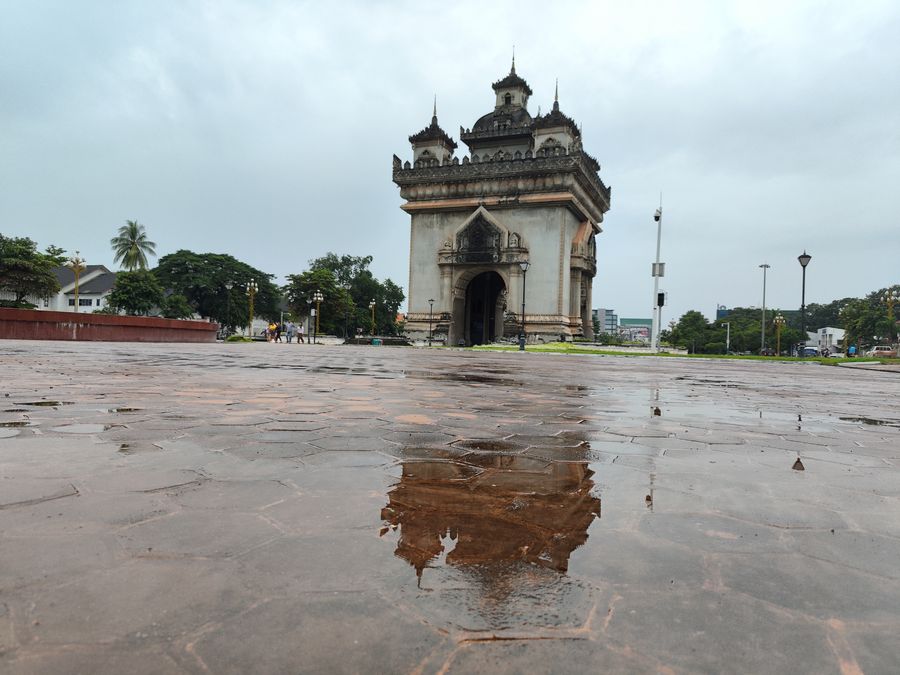
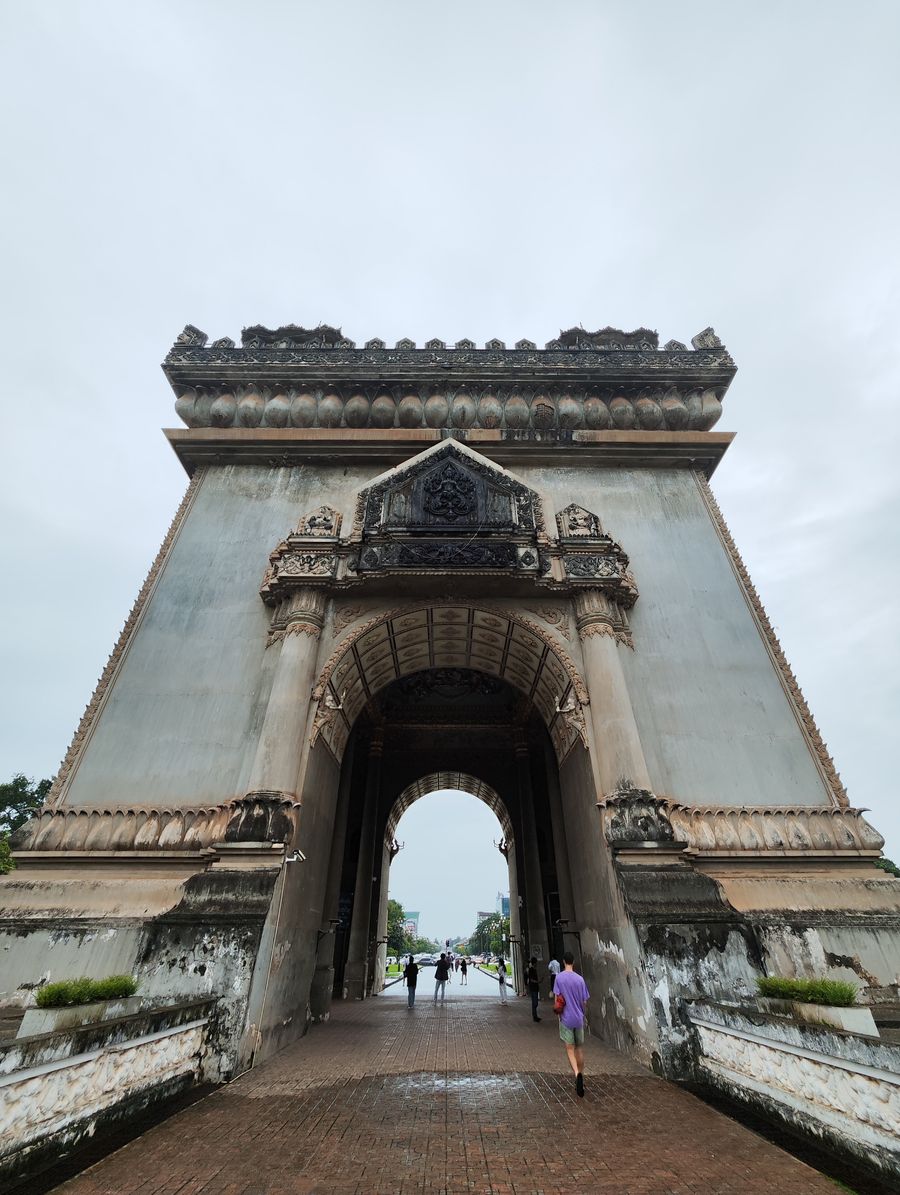
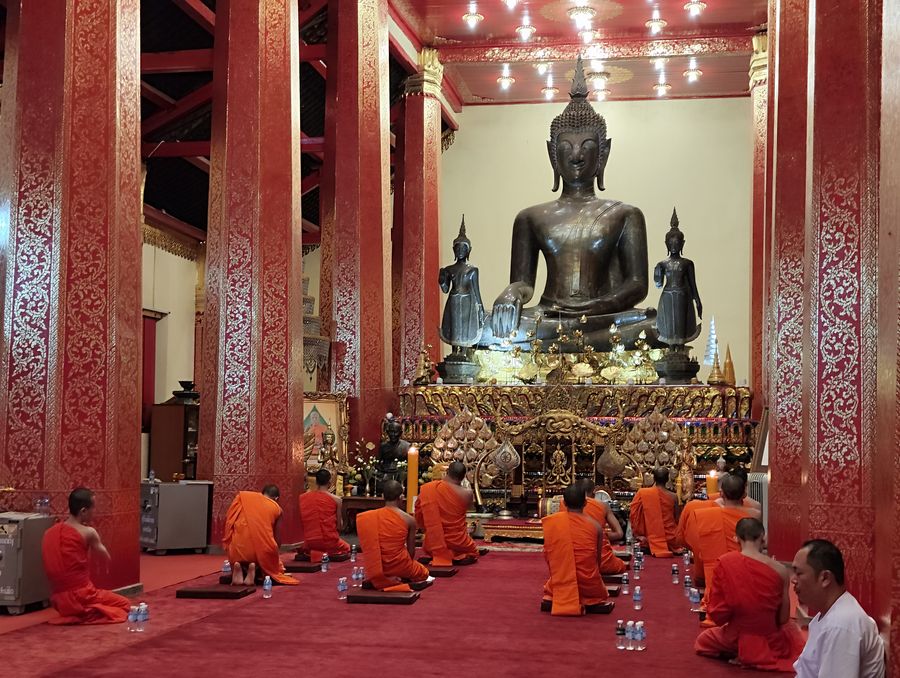
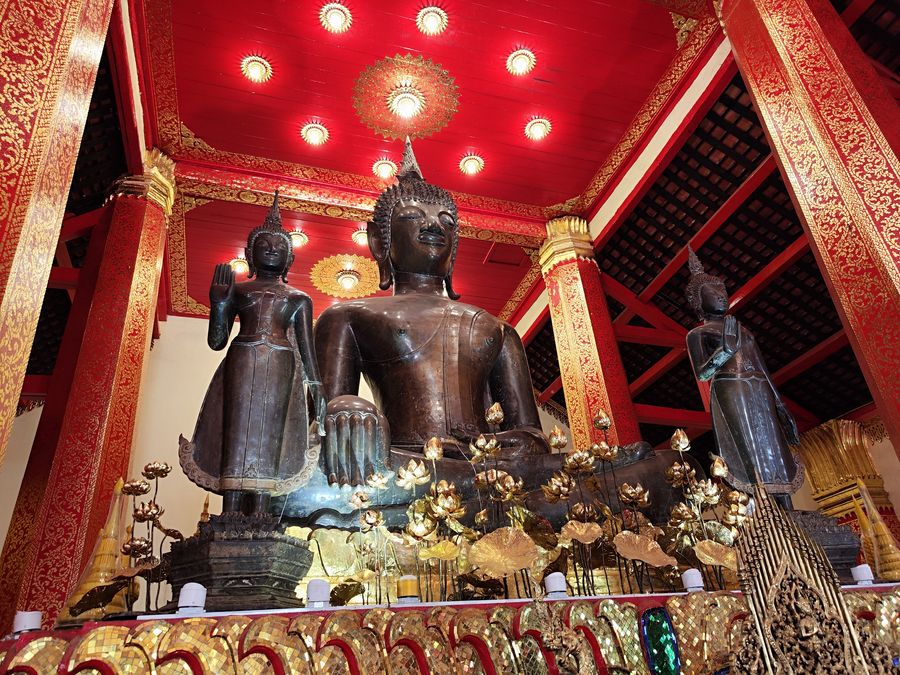
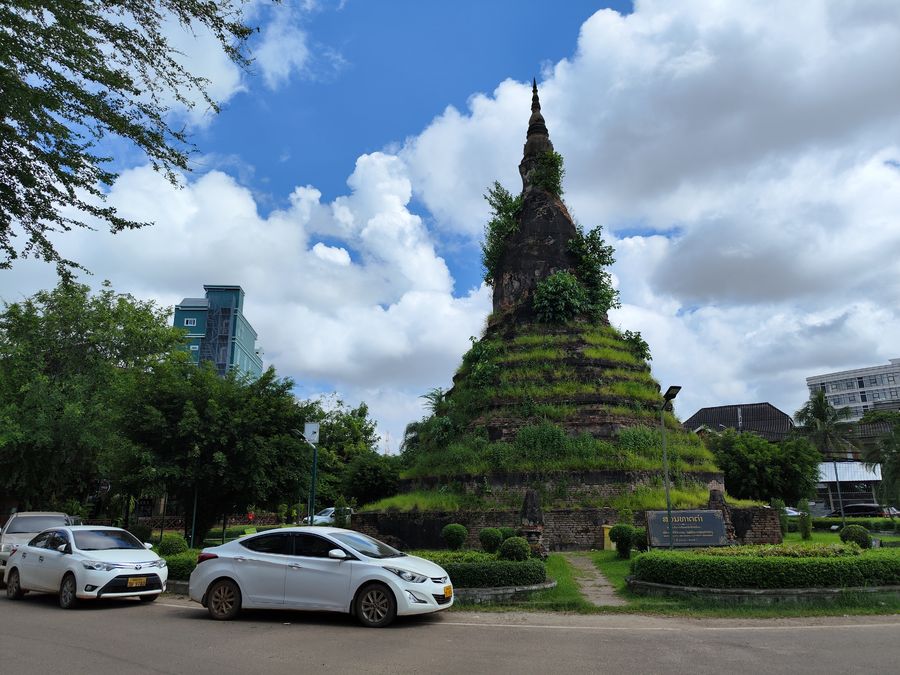
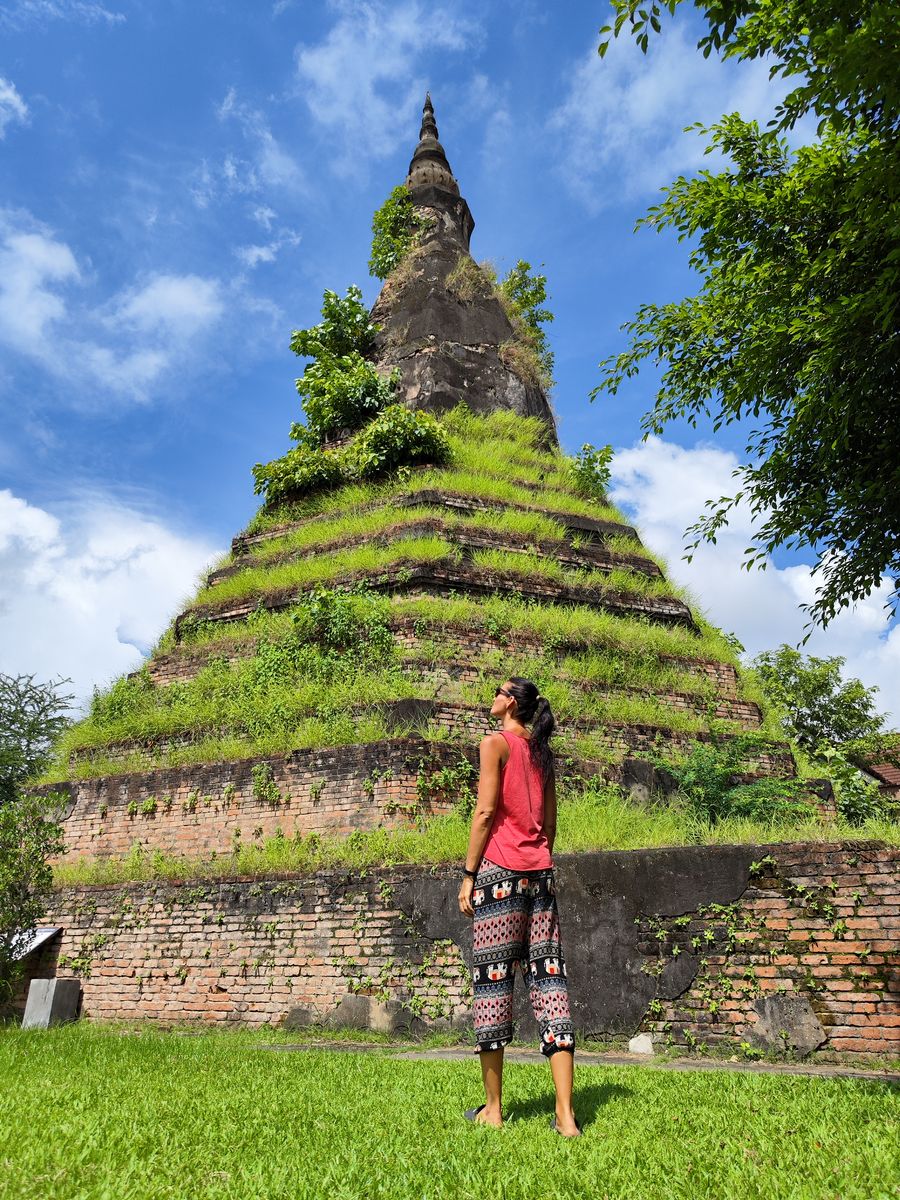
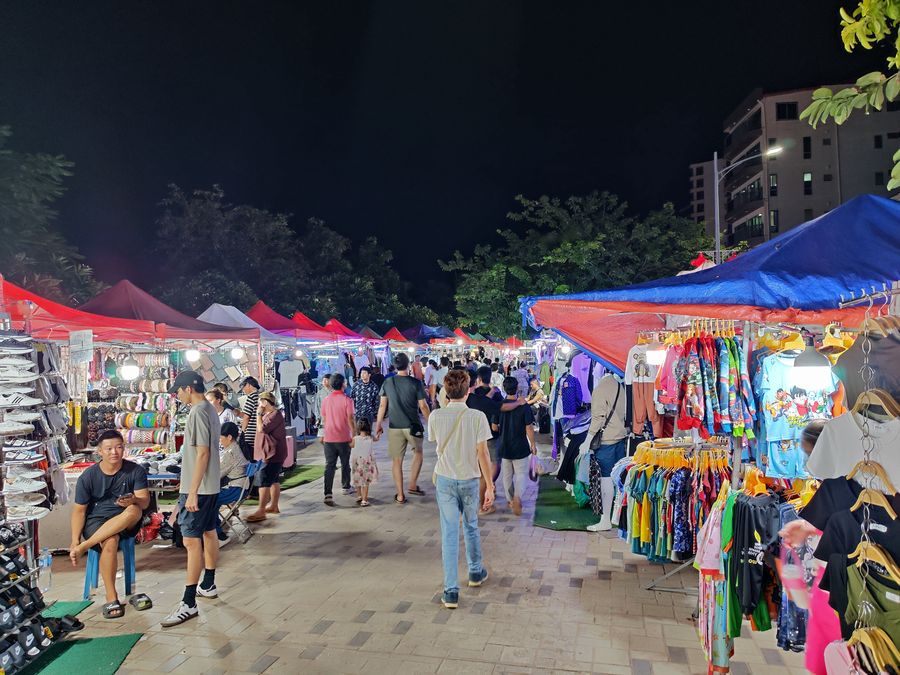
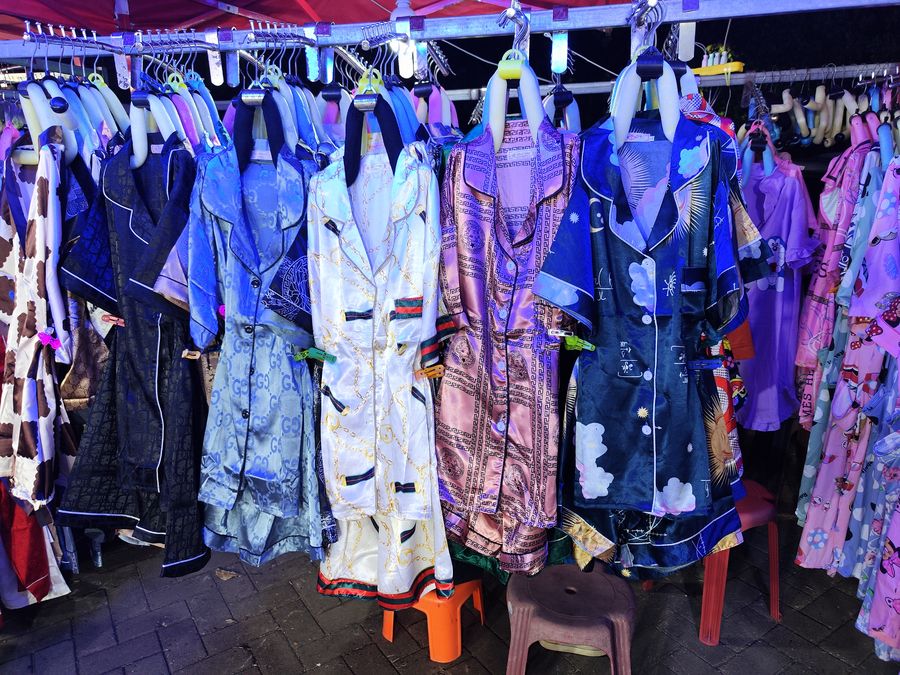
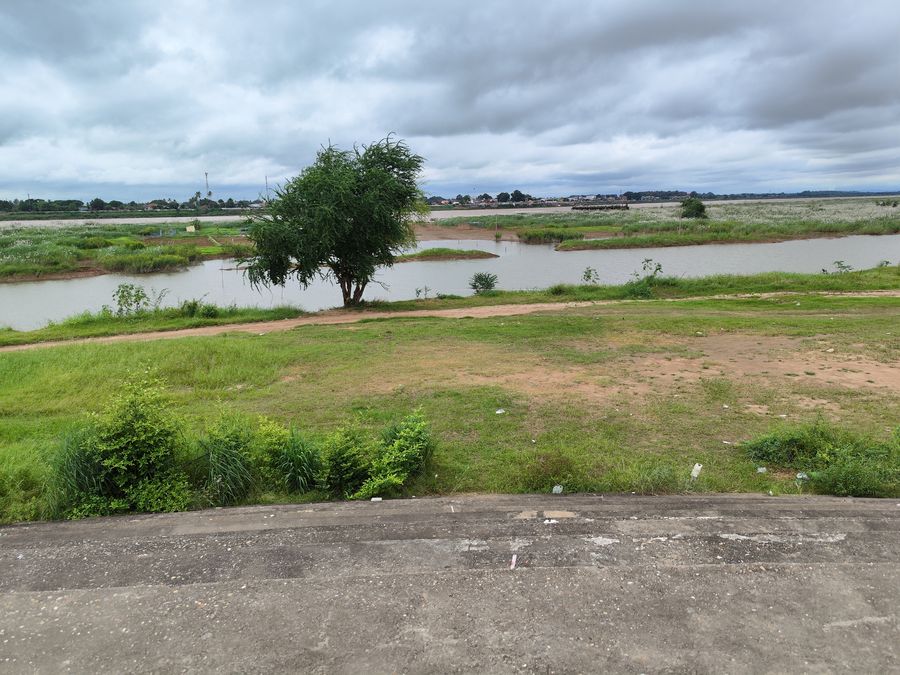
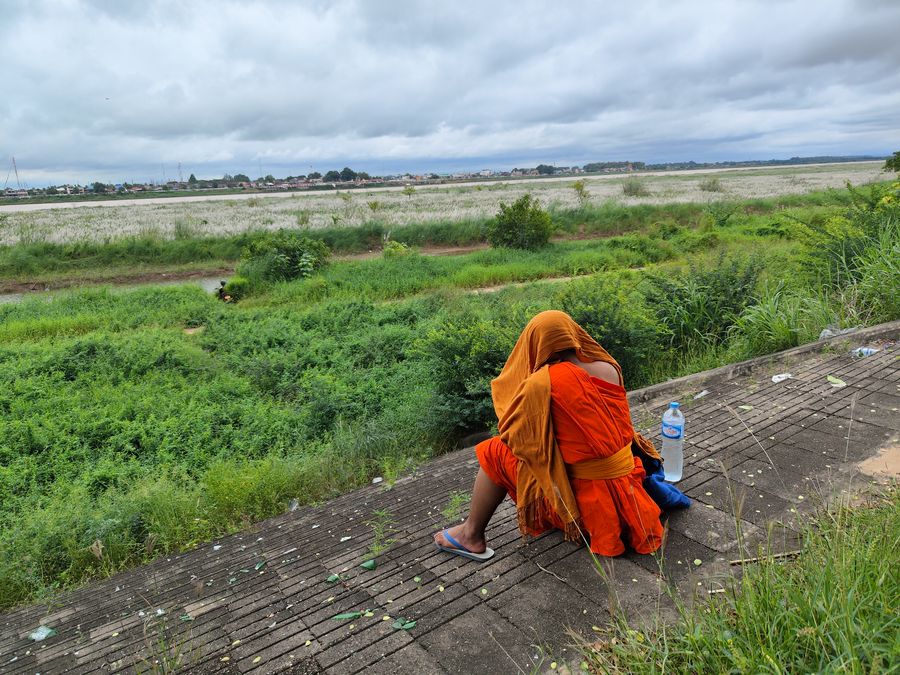

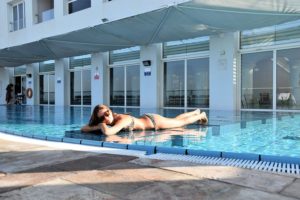
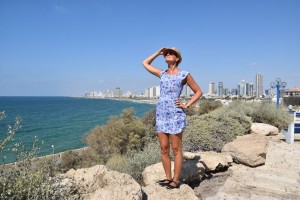

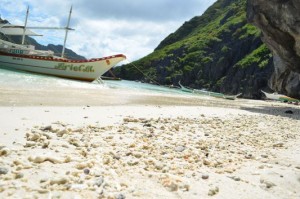
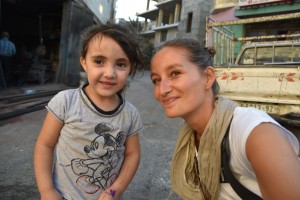
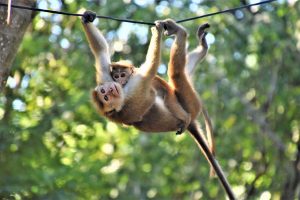
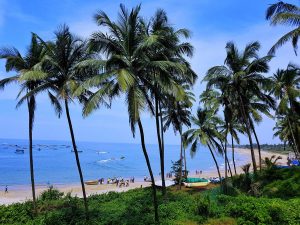
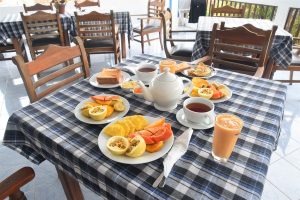
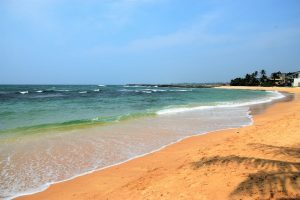
David Rainey
| #
I enjoyed reading about your experiences in Laos, Alex. The information was presented well and most of the facts I didn’t know. I liked the photos and the logistical information for each place. The Tips are a nice addition. I’m glad you’re able to take such amazing trips and hope that continues indefinitely. Peace.
Crazy Sexy Fun Traveler
| #
Thanks so much, appreciate it!
David Rainey
| #
You’re welcome 😊